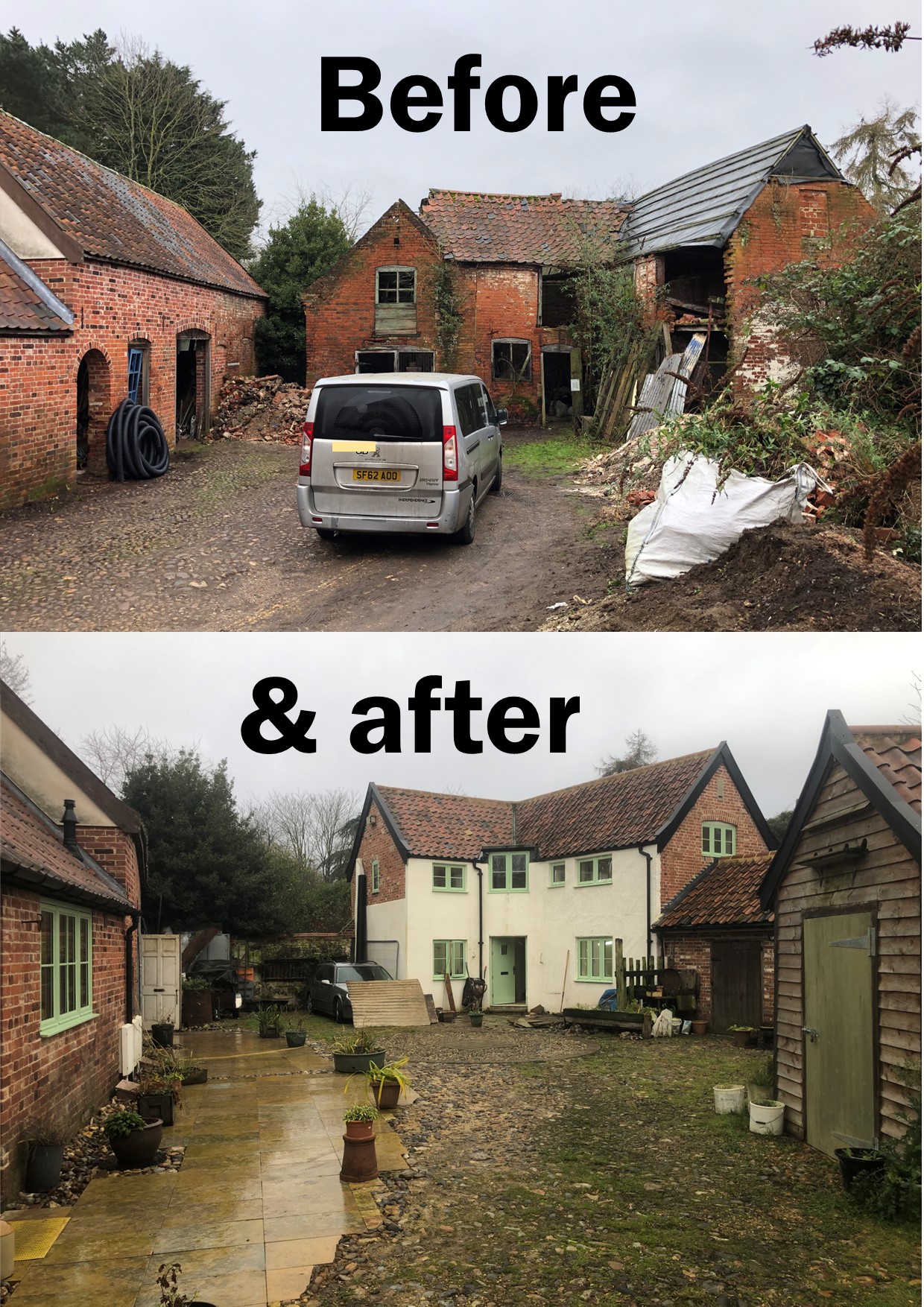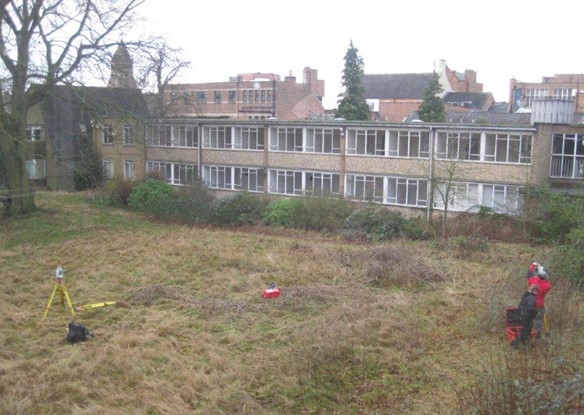3.4 Million Homes on Grey Belt Sites
3.4 Million Homes on Grey Belt Sites
Searchland have estimated that there are 5,858 grey belt, or grey field, sites across the UK with the potential to provide 3.4 million homes. While as may be expected many are in former industrial heartlands some 18% of the identified sites are located in the southeast. For more information visit Searchland.
 On 21 May 2024 the government announced:
On 21 May 2024 the government announced: The new brownfield fund opens the potential for derelict brownfield sites across England will be transformed into thousands of new homes
The new brownfield fund opens the potential for derelict brownfield sites across England will be transformed into thousands of new homes